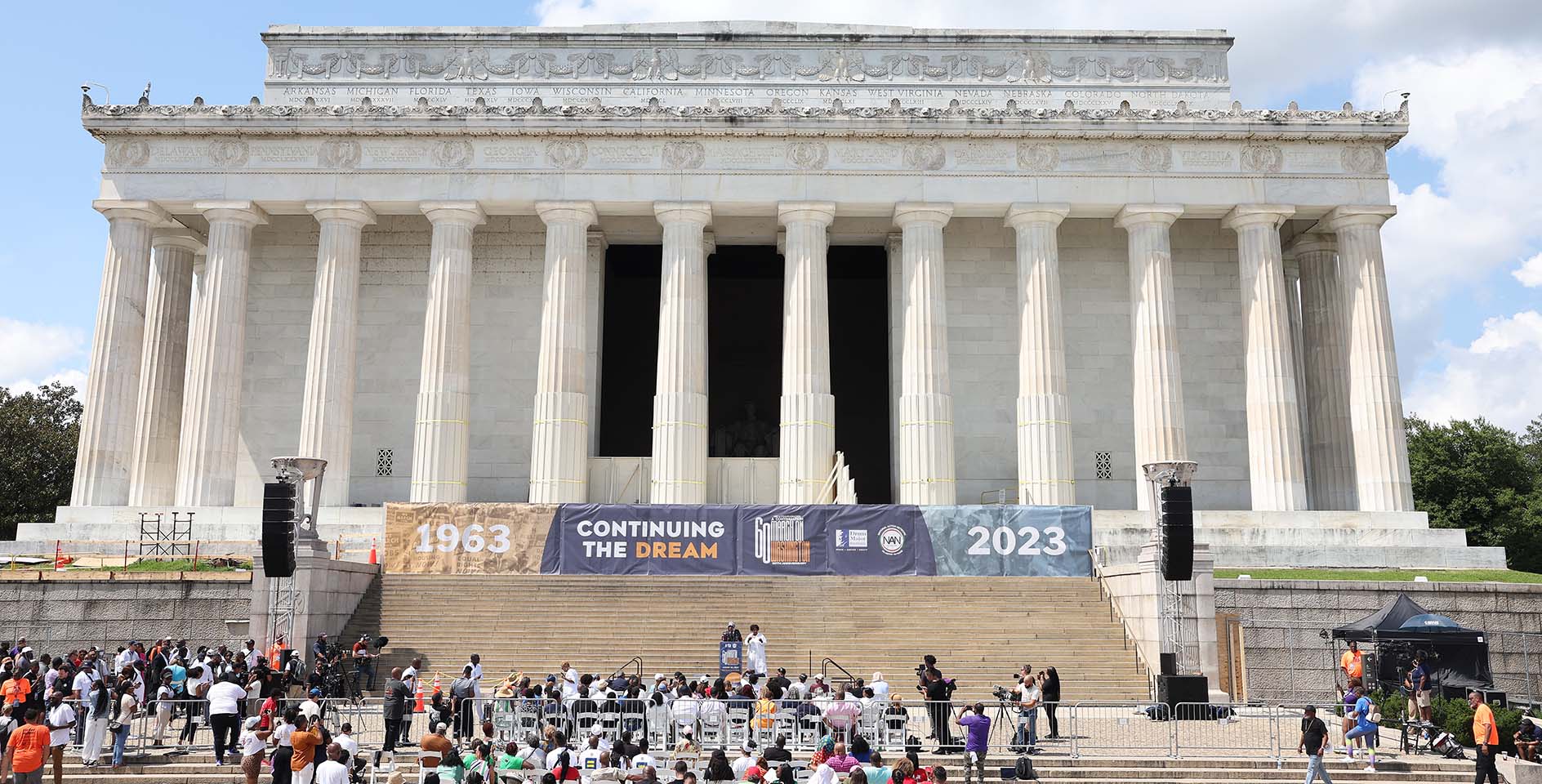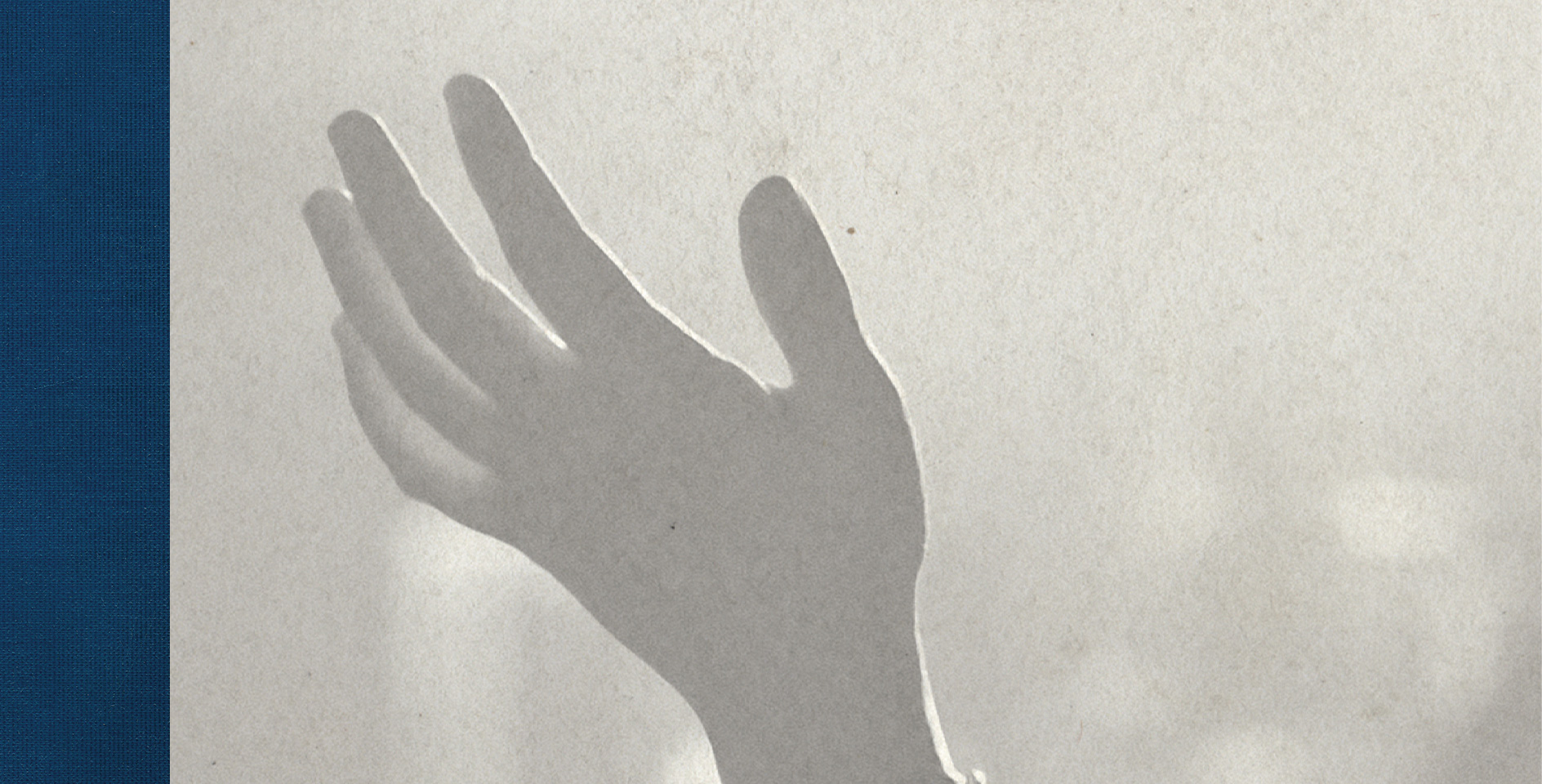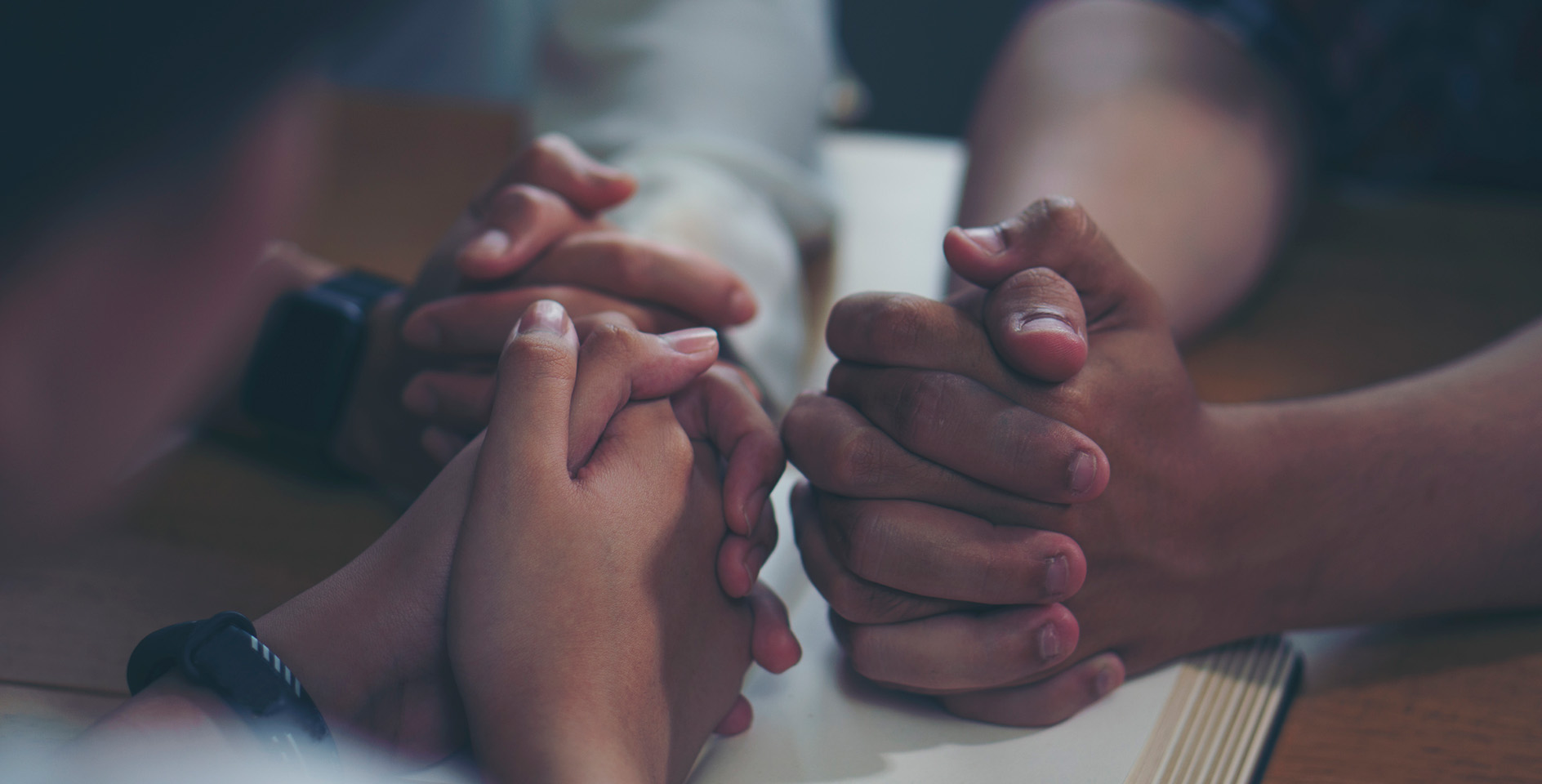Dylann Roof, a white male with a white supremacist ideology, shot and murdered nine African-American Christians gathered for a Wednesday night bible study at Emanuel African Methodist Episcopal church—a historic African-American church in Charleston, S.C. This evil act supports that the sin and evil ideology of white supremacy still holds a grip on parts of American culture. The Charleston shooting is the recent, most violent expression of white supremacy in America. The constructs of race and racism are very complicated, but white supremacy is basically an ideology that believes the European/white race is biologically superior to the black/African-American race. White supremacy had its racist fangs in the ideology of American culture from this country’s beginning.
Thomas Jefferson, one of American’s founding fathers, believed that blacks have a natural inferiority to whites. In his day, Jefferson suggested that the black “race” was inferior to whites. In his Notes on the State of Virginia in the 1700s, Jefferson stated “I advance it therefore as a suspicion only, that the blacks, whether originally a distinct race, or made distinct by time and circumstances, are inferior to the whites in the endowments both of body and mind.” To be fair, Jefferson’s notes do not state that he believed his views of blacks were scientifically verifiable. It is clear, however, that he thought blacks were nevertheless inferior to whites. Jefferson is the same man who signed the Declaration of Independence, which affirmed that “all men are created equal.” He, along with many other founding fathers, embraced a white supremacist ideology that believed the white race was superior to the black race. But from where did the American construct of race and white supremacy come and why does current American culture both consciously and subconsciously continue to affirm this construct?
The English term “race” first referred to human beings as a term of classification in English literature in the 16thcentury. In the 18th century, the term “race” was applied broadly to the diverse populations of Native Americans, Africans and Europeans in England’s American colonies. In this historical context, the term “race” developed into a hierarchal ranking system, which reflected the dominant English attitudes toward the diverse groups of people. The conquered Indians were segregated from Europeans, exploited or expelled from their lands for new colonists. The enslavement of Africans and their offspring was eventually institutionalized in the late 17th and early 18th centuries. By then, many Africans were identified as property and sources of wealth.
In the 18th century, European scientists collected data and arranged materials about the newly discovered people in the New World, Asia, and Africa. Scientists like Carl Linnaeus (1707-1778) and Johann Blumenbach (1752-1850) thought that different groups represented variants within a human species. As a result, they constructed “racial” categories based on skin color and other physical characteristics. However, their method often included anecdotal data from travelers, missionaries, merchants, and sailors instead of depending on hard science. Eventually, these descriptions and classifications of diverse people entered the learned communities in Europe and America, and these communities eagerly appropriated these classifications to folk ideas about human differences. Eighteenth century anti-slavery sentiments threatened the system of American slavery. Advocates of slavery developed new and stronger rationalizations for the institution than previous arguments by focusing on the slaves’ nature and by hyperbolically explaining the differences between Africans and Europeans. Defenders of slavery linked behavior with Negro biology and constructed a description of Africans that suggested they were innately wild, uncivilized, inferior to whites, and whose natural state was slavery (Audrey Smedley, “Race,” Oxford Companion to United States History, 641).
The earliest and most sustained arguments of black inferiority arose in this period. Edward Long, a Jamaican jurist and a plantation owner, and Charles White, an English physician, employed an ancient model of a racial taxonomy in order to argue for the natural inferiority of Africans. By the 19th century, as abolitionism increased, folk images of Indians and blacks as inherently inferior became increasingly popular. The scientific writings of Samuel Morton, a Philadelphia physician who collected and measured skulls, Louis Agassiz, a Harvard zoologist, Josiah Nott, an Alabama physician, and others within the scientific community identified the Negro as “a separate human species.” Scientific debates eventually emerged in the middle of the 19th century about the Negro’s place in nature. “On one side were polygenists who, using cranial measurements and archaeological measurements, asserted that blacks had been created separately and were a distinct species.” Using equally pseudo-scientific racism, monogenists argued for a single creation. Yet, they likewise maintained that Negros had degenerated. Both of these so-called scientific communities accepted an image of the Negro that was tantamount to distinctions within species. These racist classifications became widespread throughout Europe and America during the 18th-19th centuries (Audrey Smedley, “race,” Oxford Companion to United States History, 641).
In its modern form, then, white supremacy is a racist social construct that emerged in modernity in the 18th-19thcenturies, influenced by scientific racism—eventually called pseudo-science. The category of “race” as we use it today in America emerged out of this racist context. Those in the 18th-19th centuries basically defined race as fixed, immutable, determined, biological characteristics that classified a group as superior or inferior to others without allowing for individual differentiation within a particular group. An element of this modern race theory suggests that certain “races” are biologically more beautiful than other races. For example, in his Outline of the History of Mankind, Christoph Meiners (1747-1816) stated “one of the chief characteristics of tribes and peoples is the beauty or ugliness of the whole body or face” (citation from Benjamin Isaac, The Invention of Racism in Classical Antiquity, 105; original citation from German original Grundriss der Geschichte der Menscheit, 43). He classified blacks as “ugly” people “distinct” from the “white and beautiful peoples by their sad lack in virtue and their various terrible vices” (citation from Benjamin Isaac, The Invention of Racism in Classical Antiquity, 105; original citation of Meiners, Grundriss der Geschichte der Menscheit, 116).
Racism, therefore, as an American social construct is an ideology of hate and particularly an ideology of hatred directed toward black or dark skinned people. And it refers to “any attitude towards individuals and groups of people which posits a direct linear connection between physical and mental qualities. It therefore attributes to those individuals and groups of people collective traits, physical, mental, and moral, which are constant and unalterable by human will, because they [are believed by the racist] to be caused by hereditary factors or external influences, such as climate or geography” (Benjamin Isaac, The Invention of Racism in Classical Antiquity, 23) (bracketed emphasis mine). One thing that makes racism so evil and potentially deadly is that racists consider individuals “as superior or inferior because they are believed to share imagined physical, mental, and moral attributes with the group to which they are deemed to belong, and it is assumed that they cannot change these traits individually.”
In fact, many racists in the 18th-19th centuries and racists today believe that it’s absolutely impossible to change these fixed, biological traits because they are predetermined by their physical, biological makeup. This is why many of our founding fathers believed racist ideas about blacks. This view of race is why racist Nazis sought to exterminate the Jewish people, why the KKK has historically committed hate crimes against African-Americans and other ethnic minorities, and the above racist view of race explains why Dylann Roof, and other white supremacists like him, believe that blacks are evil and are inferior to whites: namely, because these racist groups embrace a white supremacist view of the world, a view which by definition requires them to classify groups based on perceived, illusory, fixed, immutable, and inferior physical, mental, and moral traits for the purpose of advancing a white supremacist ideology.
However, although the racism of white supremacy has often historically manifested itself by means of violence and terror—as we’ve seen with the Nazis, slavery, lynching, Jim Crow laws, the KKK and the devastating Charleston shooting—the ideology of white supremacy is still present in America even when unaccompanied by violence. For example, when white parents refuse to let their kids date or marry African-Americans, they do so because of an inherited white supremacist worldview. White supremacist ideology is the reason why many make racist statements like “why do black people act that way” or “black people want to rape our women” without any evidence or scientific proof. A white supremacist worldview is present when teachers and professors make their students read only white authors or when they ignore black, brown, or African-American voices in history. A white supremacist worldview is present when whites naturally suspect blacks as being intellectually inferior because they are black. A white supremacist worldview is present when political leaders in Southern states, once divided by slavery and still affected by racism, refuse to take down the Confederate Flag—a symbol of white supremacist, racial hatred. A white supremacist worldview is present when the media reports crimes committed by blacks and people of color against whites as normal and crimes committed by whites against blacks or people of color as abnormal. A white supremacist worldview is present in churches when members refuse to pursue racial reconciliation or leave when their churches diversify or when the church’s leadership diversifies. A white supremacist worldview is present when people choose to isolate themselves from people of color because of race and associate themselves with their racial homogenous group.
Unfortunately, white supremacy showed its ugly face in Charleston, S.C., when Dylann Roof executed a premeditated and calculated massacre of nine African-American Christians at the historic Emanuel African Methodist Episcopal Church. However, this methodical act of racist terror should remind every single American and every Christian that Dylann Roof’s racist actions were the result of his sin, and his personal and willful participation in and compliance with his choice to sin resulted in a massacre of nine innocent African-American Christians in a sacred place—a church that has been a symbol of African-American freedom in this country for decades. Sin continues to use the racist ideology of white supremacy in many different aspects of American culture, even though we are now living in a post-segregation age, for there are those Americans who consciously and subconsciously often assume that whites are superior to blacks and people of color. And neither new laws nor a resilient enforcement of old laws or government restrictions will change a white supremacist’s racist heart. Only the life giving power of the gospel of Jesus Christ will turn white supremacist hatred, and all racist hatred, into Christ-centered love.
The Church of Jesus Christ must in fact state loudly and clearly that God has provided redemption from the evil ideology of white supremacy and from all forms of racism. God’s provision is the bloody and resurrected gospel of Jesus Christ who died and resurrected to unify all things and all people in Christ (Eph. 2:11-3:8). And the only way white supremacy and all forms of racism will be overcome is by multi-racial partnerships of gospel believing Christians and churches scattered throughout the world faithfully proclaiming and obeying the gospel of Jesus Christ and pressing the claims of the gospel onto racist societies. Jesus’ ability to bring redemption and racial reconciliation through the gospel was so powerfully personified in the Charleston, SC court when the Christian families preached the gospel to Dylann Roof and offered him their forgiveness even as they expressed their grief. As the family has so beautifully demonstrated, Jesus Christ is God’s provision for racial reconciliation and the solution to racism. The gracious response of love from the beautiful African-American Christian family members directly affected by Dylann Roof’s racist actions, and the response of many African-American and white Christians in Charleston, also prove that the ideology of white supremacy is based on a racist lie. The gospel of Jesus Christ demands that Dylann Roof, and all racists in both church and society, must repent of the sins of racism, embrace Jesus by faith, and live in pursuit of racial reconciliation in the power of the Spirit.
This was originally published here.









